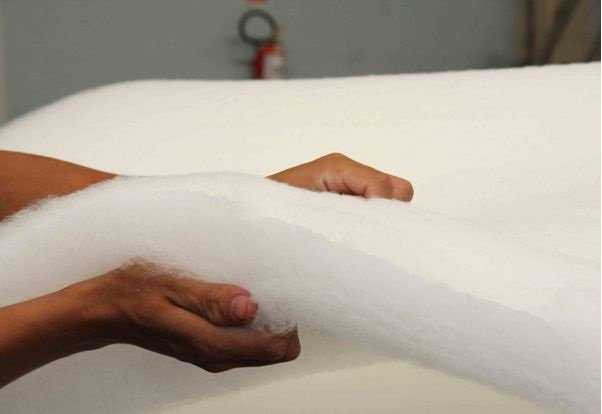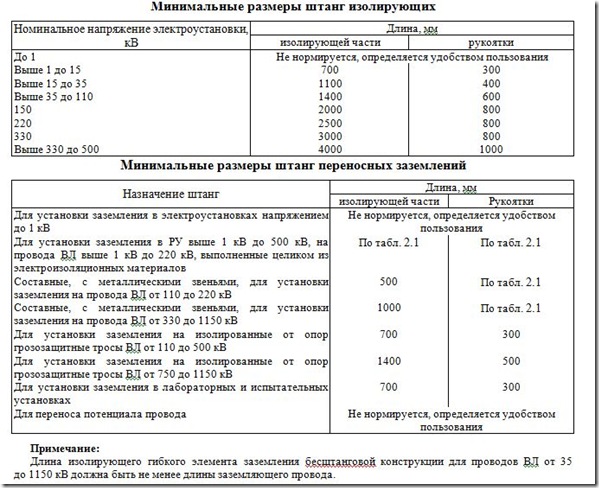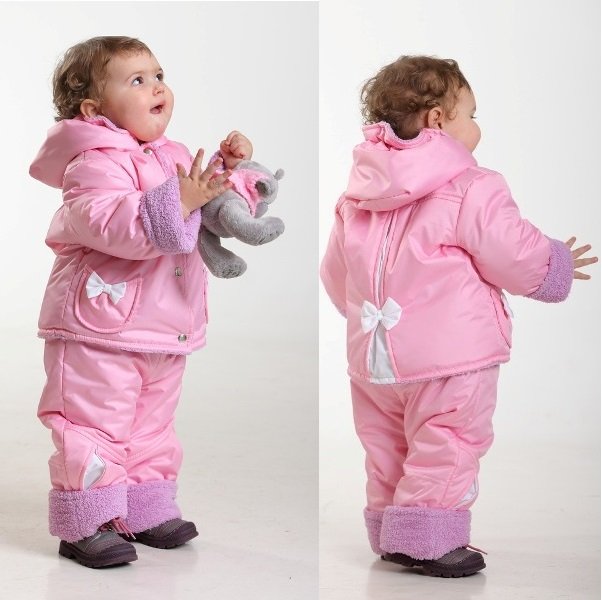Form of airborne forces of russia
Airborne troops are designed to land behind enemy lines with the subsequent performance of combat and sabotage missions. It is known that paratroopers are called differently, in accordance with the nature and style of their combat operations: "winged" or "air" infantry, "airmobile troops", "rapid reaction forces", "commandos". For servicemen of this type of troops in each state, special clothing is provided. This article provides information on the form of the Airborne Forces for Russian soldiers.
What paratroopers wore before World War II
Initially, the form of the Airborne Forces consisted of the following elements:
- A blue-gray canvas or leather helmet with a soft lining.
- Moleskin or avisent overalls in gray-blue color. Distinctive marks were located on buttonholes, which were sewn to the collar of these overalls.
The ammunition of the servicemen was also completed with avisente jackets with trousers with huge patch pockets.
Winter kit
During the Russian-Finnish war, the winter clothes of Soviet soldiers consisted of a cap with earflaps, a quilted jacket, cotton trousers, a short fur coat, felt boots, and a white camouflage robe with a hood. In winter, the paratroopers wore insulated uniforms containing sheepskin fur. A brown or dark blue collar was fastened with a zipper.
The buttonholes of blue color, depending on the rank, had edging of different colors: buttonholes with golden edging were worn by commanders, from black - by foremen, sergeants, privates and political workers. The collar, side seams of the breeches and the cuffs of the sleeves of the commander's uniform were equipped with a blue piping.
In those years, special shoes for skydiving had not yet been created. The soldiers used ordinary felt boots, which often fell off their feet. Special fur boots were provided for the officer corps.
Hats
Since 1938, a dark blue cap was approved as a headdress for the command staff. In 1941, it was replaced by a similar product, but in a protective green color. The peg of the cap, its rim and body part were equipped with a blue edging. Also, the cap was replenished with a cockade with a red star surrounded by a laurel wreath. These asterisks on the cockade of headgear have survived in the modern form of the Airborne Forces. The privates wore dark blue caps with blue piping and cloth stars, on which red enamel stars were attached on top. During the landing, the commanders used caps equipped with special straps. Soldiers' caps were simply removed from the head.
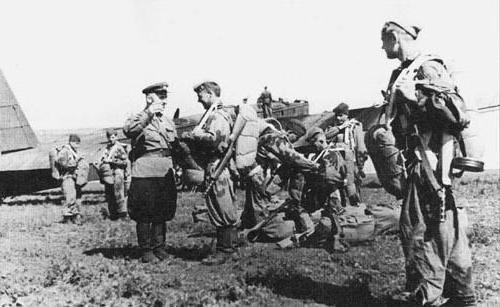
1967 year
In 1941, the summer Soviet combined-arms uniform for women was supplemented with a beret. In the airborne troops, this headgear has been used only since 1967. Initially, the beret in the form of Soviet paratroopers, as in the armies of other states, was crimson. The Soviet version differed from foreign ones by the presence of a blue flag, which was called "corner". Over time, berets have become an obligatory attribute of the uniform of the Airborne Forces (officers and soldiers). However, there were certain differences: the cockade of the Airborne Forces was sewn to the officer's berets in front, and a red star with the image of spikelets of wheat was sewn to the soldiers' berets. In 1968, the color of this headdress was changed from crimson to blue. The corner of the beret, on the contrary, turned red instead of blue. In front of the headdress there is only a star in an oval wreath.
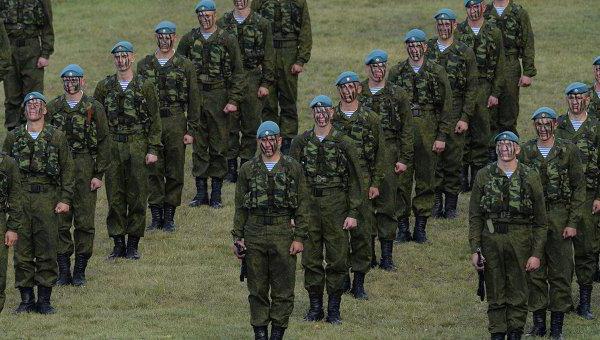
Clothes for paratroopers in the USSR
The Airborne Forces uniform consisted of the following groups:
- Summer casual wear used by sergeants and soldiers.
- Summer clothes for sergeants, soldiers and cadets of the airborne troops.
- Summer cadet casual clothing with shoulder straps and buttonholes indicating the type of military.
- Winter form. It was worn by sergeants, cadets and military builders. On the sleeves of the clothes were shoulder straps and signs indicating the type of troops.
During the Great Patriotic War, the paratroopers were equipped with dark blue overcoats, the color of which was soon replaced by a combined-arms one. In addition to overcoats, the Airborne Forces used various camouflage gowns: white (winter) and spotted (summer). Exactly the same clothing was provided for the scouts and riflemen of the assault groups. Before flying on a combat mission, the paratroopers were equipped with special uniforms: overalls, helmets, goggles and high fur boots. At the end of the mission, the special uniforms were withdrawn back.

The parade uniform of the Airborne Forces of the old model
For celebrations, Soviet paratroopers wore a summer or winter parade-paratrooper version.
The summer military uniform of the Airborne Forces was completed with:
- Peaked cap of blue wave color with a band.
- Outside trousers in the same color.
- Open uniform.
- A white shirt, to which a black tie was provided.
- White gloves.

The winter clothing of the Soviet paratroopers was completed with:
- A hat with earflaps (lieutenant colonels wore hats).
- Gray overcoat.
- Open uniform.
- Blue trousers worn outside.
- A white shirt, over which a black tie was bound.
- Black boots or low shoes.
- White muffler.
- Brown gloves.
Field form
For the Soviet paratroopers, two samples of military clothing were made, which they used in the field. Depending on the season, the uniform was summer and winter.
A set of summer field clothes consisted of a cap, a landing jacket, camouflage trousers, a vest, boots or boots with high tops. The winter field uniform was completed with a cap with earflaps, an airborne winter jacket, khaki pants, a vest, boots or ankle boots, gray muffler and brown gloves.
What Russian paratroopers wear today
By 2014, the form of the Russian Airborne Forces went through a number of changes. The ears of caps with earflaps have become longer, due to which they can be easily overlapped in the back and fastened using a special Velcro.
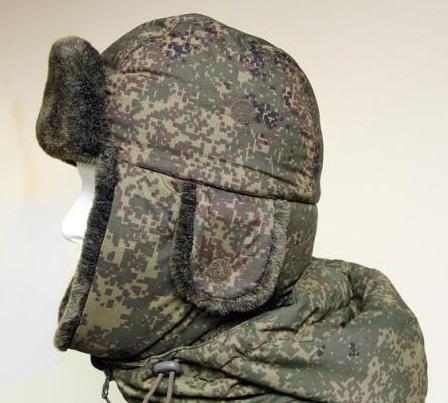
In addition, the hats are equipped with a top flap, which can be used as a visor if required. Heavy shoes have been replaced with insulated boots equipped with special thermal inserts. The changes also affected outerwear.
In addition to the modern military uniform of the Airborne Forces (photo presented in the article), an insulated vest is attached. As the paratroopers testify, he does not hinder movements in the least when performing physical exercises. In addition to the vest, a comfortable balaclava has been added to the modern kit, as well as a shirt-front scarf with which the paratrooper can hide from the wind. Depending on weather conditions, the jacket can transform, becoming a windbreaker or a warmed pea jacket.
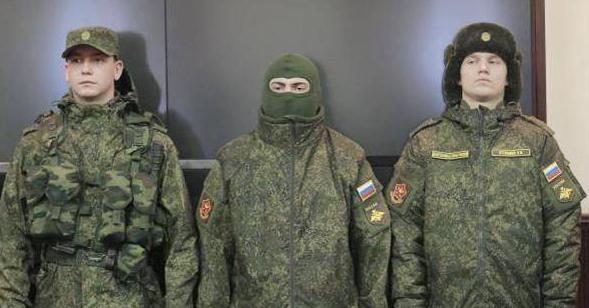
The modern paratrooper uniform consists of several jackets that can be worn depending on the season. In addition, the following are provided: a matching suit, an insulated vest, a beret or a hat, a balaclava, three pairs of boots, two pairs of gloves and mittens.
Today, depending on weather conditions, there are three ways to combine the form of airborne forces:
- In cool weather, paratroopers wear lined jackets.
- In strong winds, soldiers can pry on their jackets under their jackets.
- Wear fleece shirts and waterproof overalls in the rain.
The airborne troops wear their usual uniforms on their marches. For theoretical studies, a light uniform is provided.
Birch pattern
Camouflage is considered one of the essential attributes in the army. Today, the armed forces of the countries of the world have not created a single model of camouflage. The patterns for military uniforms are constantly changing.
The very first camouflage for the airborne troops of the USSR was the so-called. "Birch". This pattern appeared in 1988. It was an image of randomly arranged yellow leaves. This camouflage was ideal for central Russia in the summer season: a fighter wearing such a suit was indistinguishable against the background of a swampy area or in a deciduous forest. Today "birch" is not used as a statutory option for the form of the Airborne Forces.
Dembel Form
This clothing is considered ceremonial, since a soldier in it leaves for demobilization. It is difficult not to distinguish the uniform of the Airborne Forces from the military clothing of other types of troops. It consists of a blue beret, a vest with blue stripes.
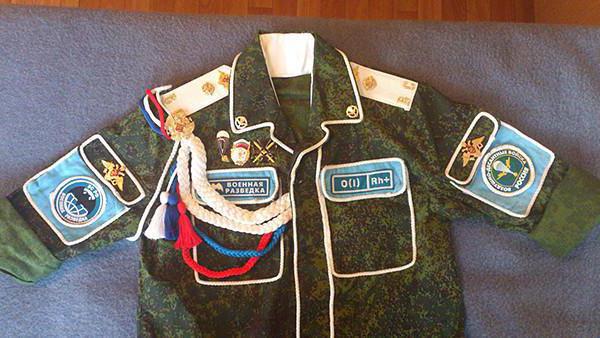
The servicemen personally sew badges, white and blue braids by hand to the tunic as decorations. Thanks to this, each form is given its own uniqueness. In some cases, decorating a tunic, the military does not know the measure, which is immediately noted by others.
Material
Since the exercises and combat missions are carried out by paratroopers in heat, frost or rain, the airborne forces' uniform should be comfortable at any time of the year and in all weather and climatic conditions.
For the manufacture of a new form of the Airborne Forces, a high-quality material is used - polymer ripstop, which is supplied by Russian manufacturers. Cotton-polymer fabric (ratio: 65% to 35%) is made of reinforced yarn using the latest advances in nanotechnology. Due to the strengthened weaving structure, Russian manufacturers have managed to achieve high strength and wear resistance of the fabric without increasing its weight. According to servicemen, the fabric “breathes” easily and dries quickly.
- Rules for the use of electrical protective equipment when carrying out work in electrical installations
- How to sew fleece mittens
- Protective equipment in electrical installations
- Computer glasses: which is better to choose
- How to wash clothes with Thinsulate insulation
- Training in electrical safety, labor protection, ecology, electrical safety, fire-technical minimum, first aid to victims courses
- Protective equipment in electrical installations up to and above 1000 Volts
- What is fleece fabric, where is it used and how to care for it
- Personal protective equipment
- What is this fabric?
- Thinsulate
- Isosoft insulation: what is it, advantages and disadvantages
- Protective equipment. Insulating rods
- Mittens and mittens from an old sweater
- Isosoft insulation - what is it
- How to correctly size gloves for women
- Marine uniform of the Russian navy for sailors and submariners of the old and new model, for sailors and officers, everyday, demobilization and ceremonial
- Rules for the use of electrical protective equipment when carrying out work in electrical installations
- How to sew fleece mittens
- Protective equipment in electrical installations




